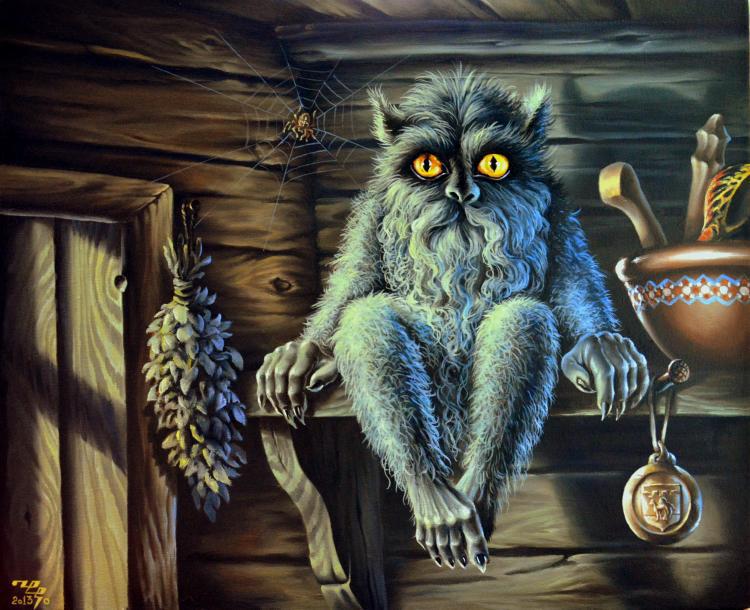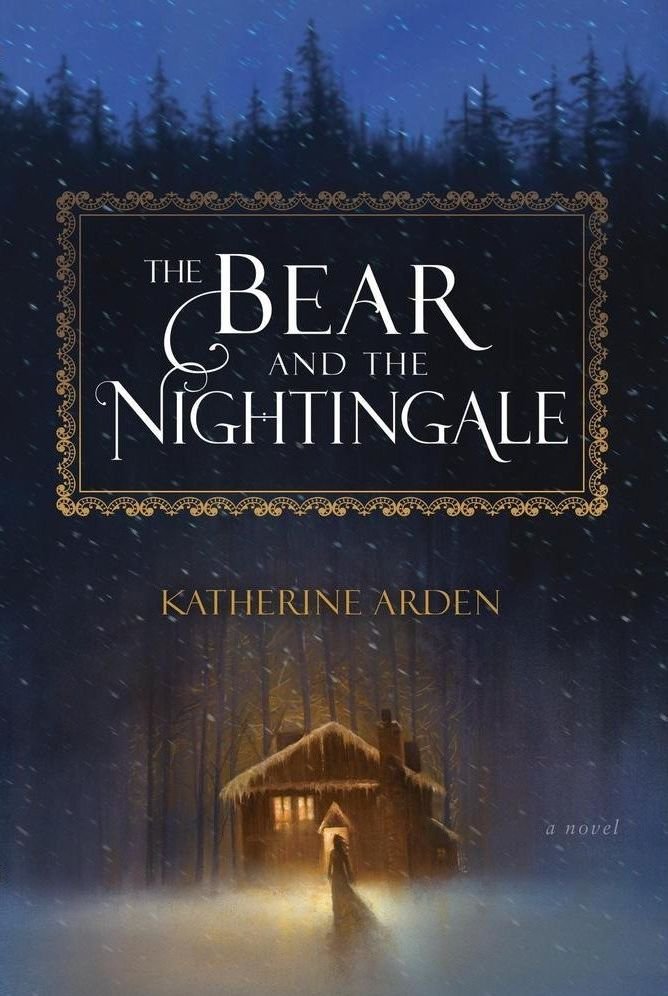Vasilisa is growing up in a small house in a tiny village on the edge of the dense Russian forest. The large family has a wise matriarch in her nurse who tells fairy tales and legends to get the children to sleep at night. Her stories about a winter prince and house spirits form their youthful imaginations.
The elder children looked at each other. In Russian, Front was called Morozko, the demon of winter. But long ago, the people called him Karachun, the death-god. Under that name, he was the king of black midwinter who came for the bad children and froze them in the night. It was an ill-omened word, and unlucky to speak it while he still held the land in his grip.
The villagers live in an almost constant winter. Spring, summer and autumn only briefly visit each year. So much of their lives is devoted to survival: Trying to get crops in, grown and harvested before the days get too short, stacking wood to keep the fires going all winter, and keeping the bears and wolves at bay. And they have to grow enough to send tribute each year to the Czar.
As Vasilisa grows up, aspects of the stories become more and more real. The domovoi (helpful house spirits) which she can see, begin to disappear, leaving just one to guard the hearth. Other changes begin to happen as well. The forest seems to creep on the village, with creatures showing odd, desperate behavior.

Then the priest comes. Sent from the main church office to infiltrate the village and spy on Vasilisa. Her ability to interact with animals and nature has been noticed with both interest and trepidation. While she attempts to help the spirits, it becomes evident that the winter prince as well as destructive forces are awakening.
The book begins with strong descriptions and vivid language. The reader feels the bone-chilling cold and wishes for the warmth of the fireside.
The snow fell thrice, deep and solid, after midwinter, and after the last snowfall came a great blue frost, when men felt their breath stop in their nostrils and weak things grew apt to die in the night. That meant the sledge-roads were open, the roads that ran down snow-covered rivers smooth as glass and sparkled over dirt tracks that in summer were a misery of ruts and broken axles.
The first third set up a number of fantastical elements that make the reader excited to see how they will come back into play later in the book — a cursed amulet, a mysterious heritage, hallucinatory visions and more.
The second section introduces Konstantin, the priest. Here, the story starts to take a turn. While I liked the idea of bringing an outsider with a completely different world view, his storyline derailed the novel for me. It left the main narrative, with the aspects of the Russian legends that were so interesting at the beginning, as secondary. It was disappointing as well as disorienting. And it affected the final climax in a way that I did not care for.
While the novel was, generally, enjoyable, it was not as strong as I had hoped. I also think this book would be more satisfying to a young or new adult audience than to a reader with my taste.
My thanks to Claire at Penguin Random House for the e-galley.
Hardcover: 336 pages
Publisher: Del Rey (January 10, 2017)
Language: English
ISBN-10: 1101885939
ISBN-13: 978-1101885932
Product Dimensions: 6.6 x 1.2 x 9.6 inches

